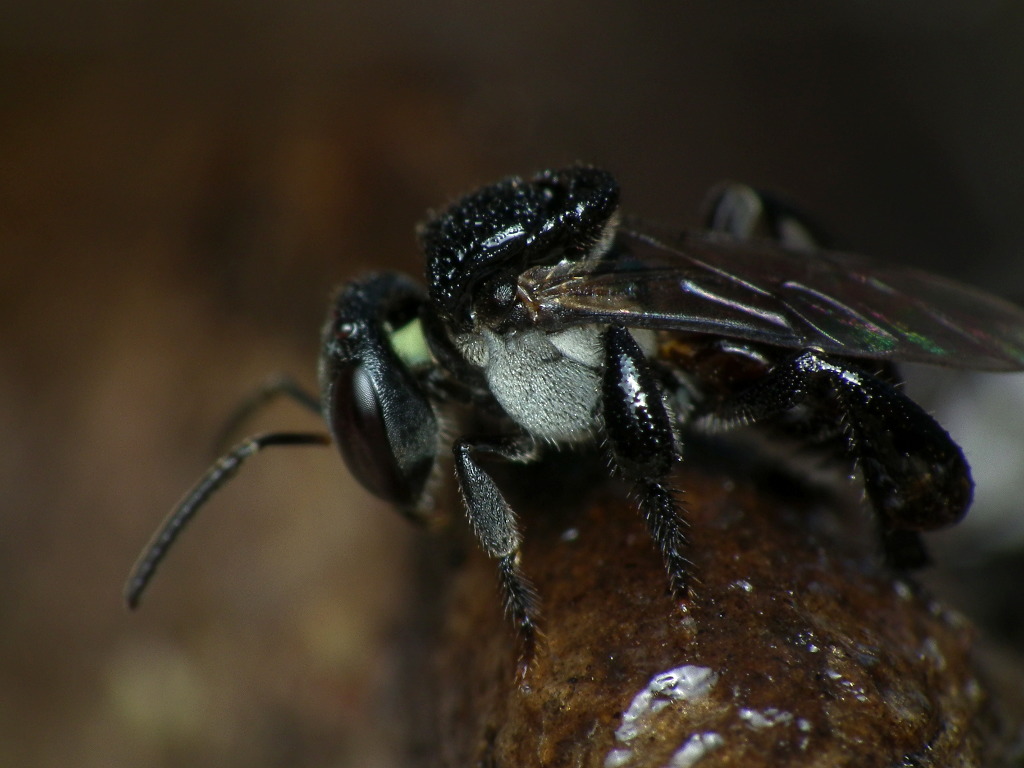Deep in the rainforests of Central and South America, a bizarre phenomenon unfolds that challenges everything we think we know about bees. While most of us picture these industrious insects collecting nectar from flowers, there exists a group of bees that have abandoned plant-based diets entirely. These remarkable creatures have evolved to feast on rotting flesh, creating a protein-rich substance that scientists have dubbed “meat honey.” This extraordinary adaptation represents one of nature’s most surprising evolutionary twists, transforming gentle pollinators into skilled scavengers capable of processing decomposing animal matter into edible stores.
Meet the Vulture Bees: Nature’s Unexpected Carnivores

The vulture bees, scientifically known as Trigona hypogea and related species, belong to a group of stingless bees that have taken an evolutionary path unlike any other. These small, dark-colored insects measure only about 8-10 millimeters in length but possess capabilities that would make any forensic investigator envious. Unlike their flower-visiting cousins, vulture bees have developed specialized mouthparts and digestive systems perfectly adapted for processing animal protein.
What makes these bees truly remarkable is their ability to locate fresh carrion with pinpoint accuracy. They can detect the chemical signals released by decomposing flesh from distances of several kilometers, using their highly sensitive antennae to navigate directly to their protein-rich targets. Once they arrive at a carcass, they work with the same methodical precision that regular bees apply to flower nectar collection.
The Gruesome Process of Meat Collection
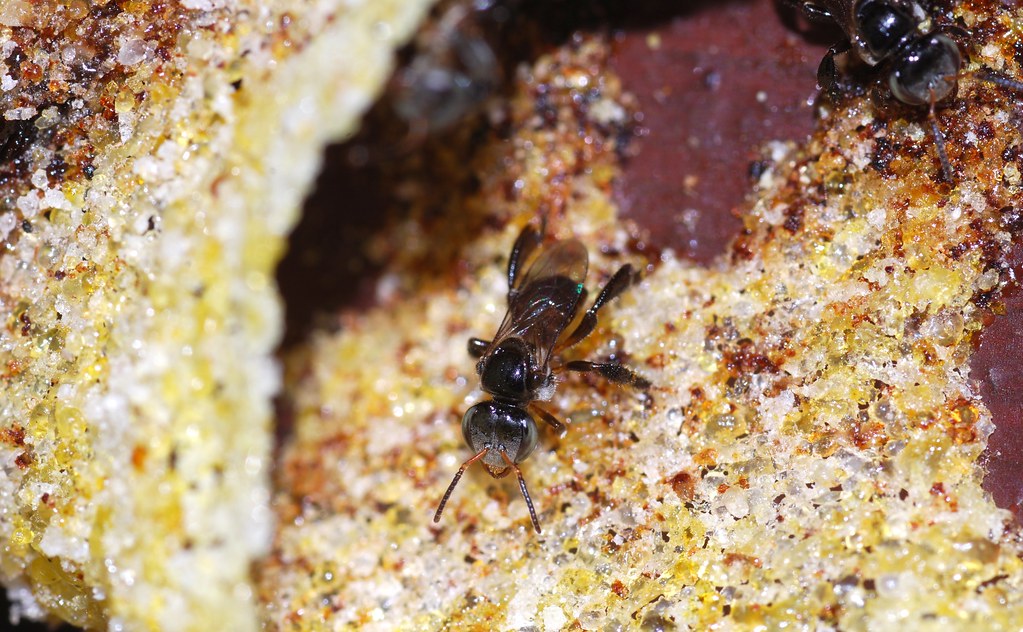
When vulture bees discover a suitable carcass, they don’t simply tear off chunks of meat like vultures or other scavengers. Instead, they employ a sophisticated technique that involves regurgitating digestive enzymes onto the flesh to break down the proteins into more manageable forms. This pre-digestion process occurs directly on the carrion, where the bees’ saliva begins liquefying the animal tissue.
The bees then use their specialized proboscis to suck up this protein-rich liquid, storing it in their honey stomach just as regular bees would store nectar. Multiple bees can work on a single carcass simultaneously, creating an efficient assembly line of meat processing. This cooperative behavior ensures that valuable protein sources are harvested quickly before other scavengers arrive or the meat becomes too decomposed to be useful.
The entire collection process can take several hours, with worker bees making multiple trips between the carcass and their nest. Each bee can carry approximately 40% of its body weight in liquefied meat back to the colony, making them remarkably efficient protein gatherers.
Inside the Hive: Manufacturing Meat Honey
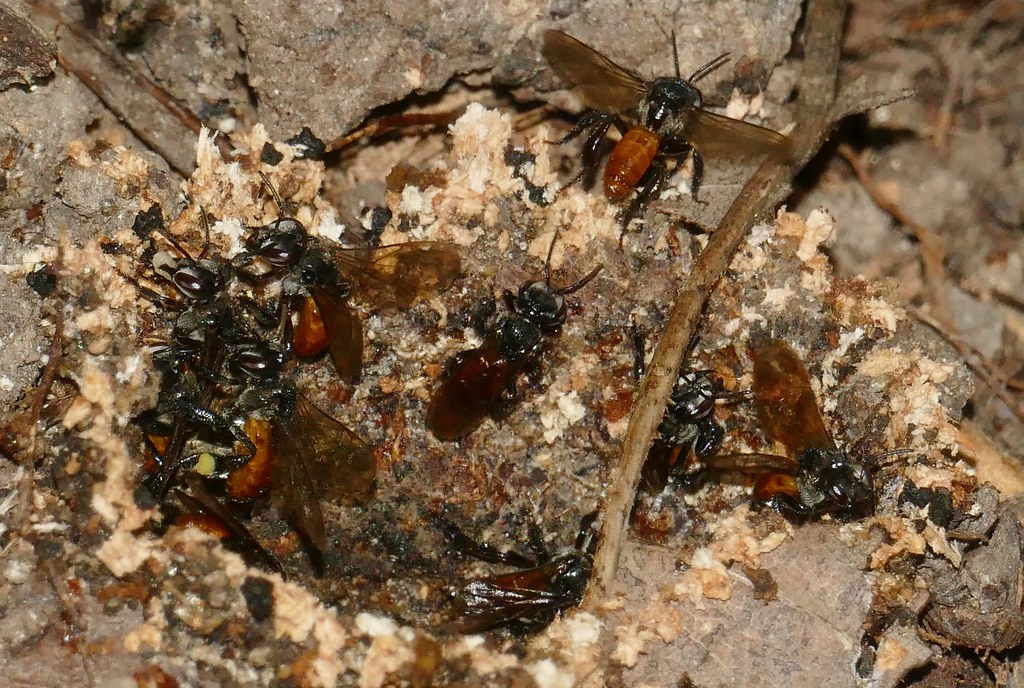
Once the protein-laden bees return to their nest, the real magic begins. The collected meat liquid undergoes a complex transformation process that mirrors traditional honey production but with a distinctly carnivorous twist. Worker bees transfer the meat essence to specialized storage cells within the hive, where it’s mixed with enzymes and antimicrobial compounds.
The meat honey production involves careful dehydration and fermentation processes that preserve the protein while eliminating harmful bacteria. The bees add their own digestive enzymes and secretions that break down complex proteins into amino acids, creating a nutrient-dense substance that can be stored for extended periods. This process typically takes 10-14 days to complete, during which the meat honey develops its characteristic dark color and thick consistency.
The final product resembles traditional honey in texture but contains significantly higher levels of protein and essential amino acids. Chemical analysis reveals that meat honey contains up to 60% protein content, compared to the 0.3% found in regular flower honey.
The Science Behind Flesh-Eating Adaptation
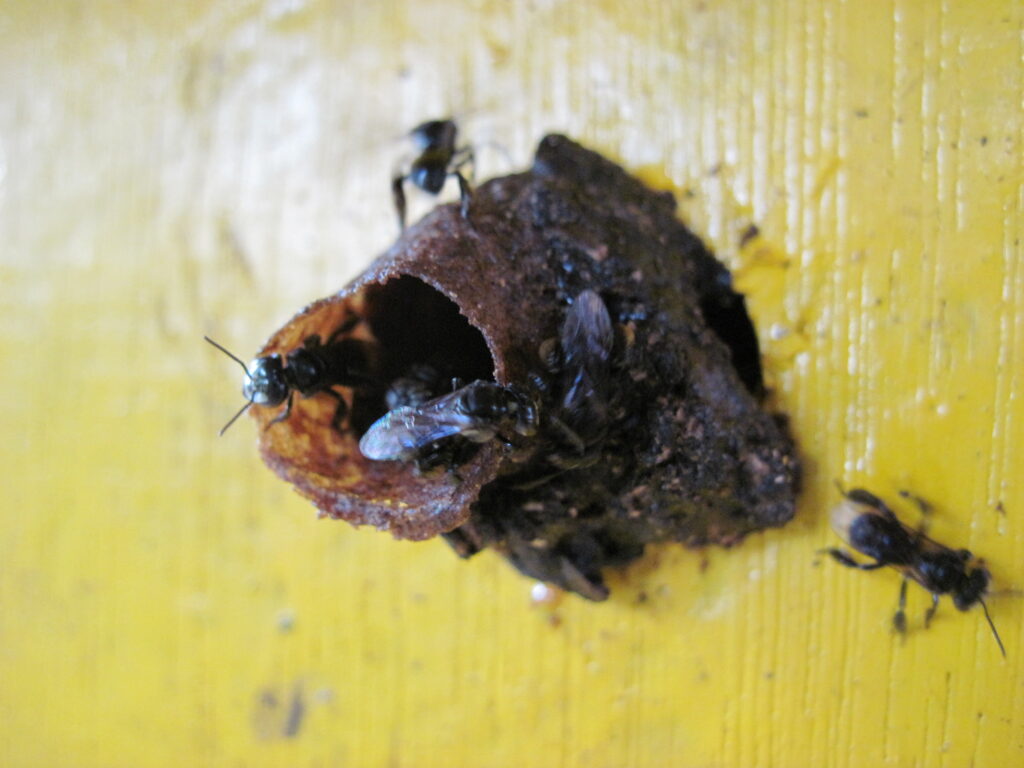
The evolution of carnivorous behavior in vulture bees represents a fascinating example of ecological niche specialization. Scientists believe this adaptation occurred approximately 20 million years ago when certain bee populations faced intense competition for floral resources in dense rainforest environments. The abundance of animal carcasses in these ecosystems provided an alternative protein source that these innovative bees learned to exploit.
Genetic studies have revealed that vulture bees possess unique enzymes in their digestive systems that can break down animal proteins efficiently. These enzymes, called proteases, are present in much higher concentrations than in regular bees, allowing them to process meat without suffering from the toxic effects that would harm other bee species. Additionally, their gut microbiome has evolved to include bacteria that can neutralize harmful pathogens commonly found in decomposing flesh.
The bees’ immune systems have also undergone significant adaptations, developing enhanced antimicrobial defenses that protect them from the various diseases and parasites associated with carrion consumption. This biological armor allows them to safely exploit a food source that would be lethal to most other bee species.
Hunting Strategies and Behavioral Adaptations
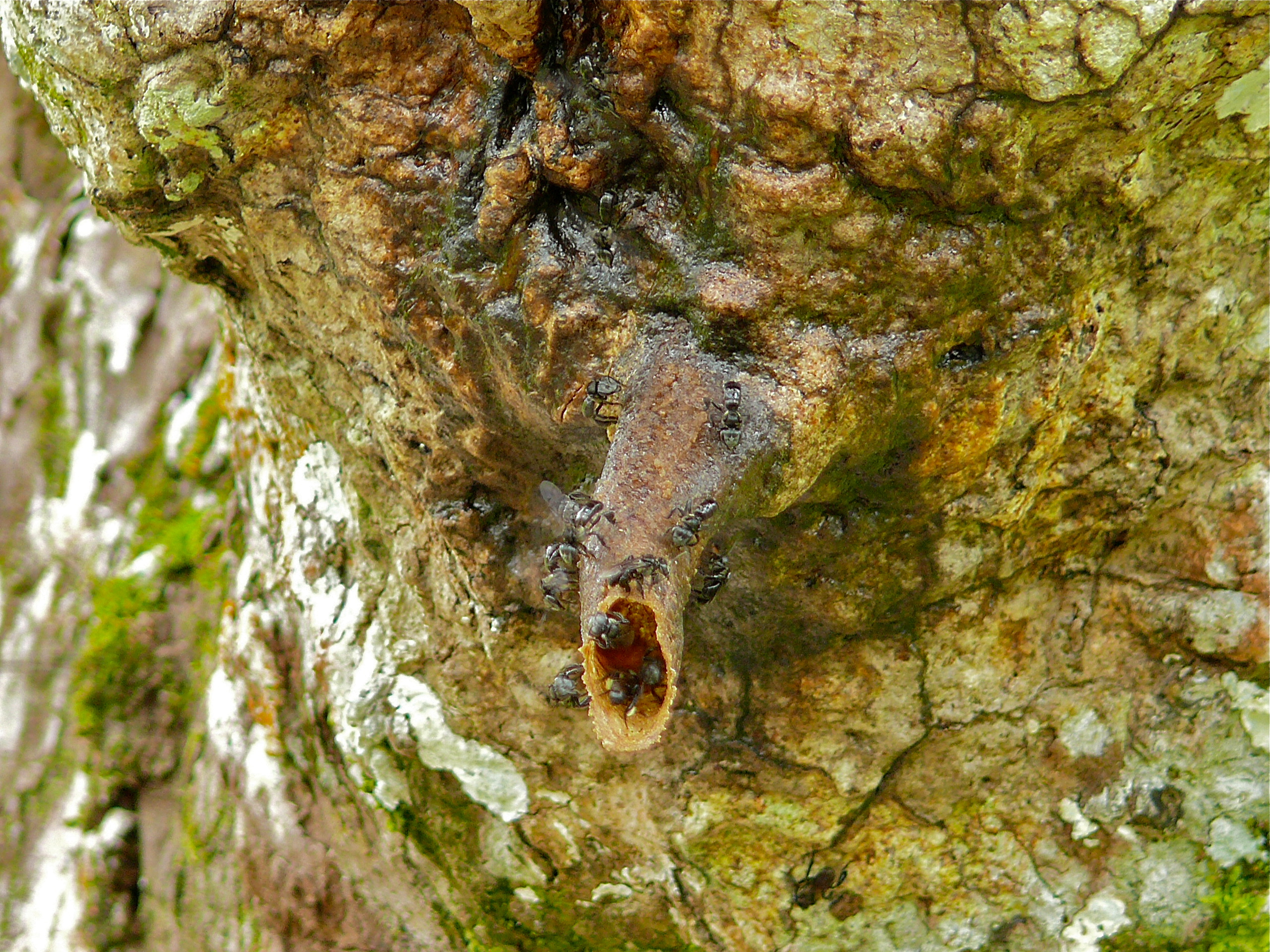
Vulture bees have developed sophisticated hunting strategies that rival those of apex predators. They establish patrol routes throughout their territory, systematically checking areas where animal deaths are most likely to occur. These intelligent insects have learned to recognize the signs of sick or dying animals, often arriving at carcasses within hours of death.
The bees demonstrate remarkable teamwork during meat collection expeditions, with scout bees communicating the location and quality of carcasses to their nestmates through complex chemical signals. Once a valuable protein source is located, the scout bee returns to the colony and releases specific pheromones that attract other workers to the site. This recruitment system ensures that the colony can mobilize quickly to harvest perishable resources.
Some vulture bee species have even been observed following other scavengers, such as army ants or carrion beetles, to locate fresh carcasses. This opportunistic behavior demonstrates their adaptability and intelligence in exploiting various pathways to their protein-rich goals.
The Nutritional Powerhouse of Meat Honey
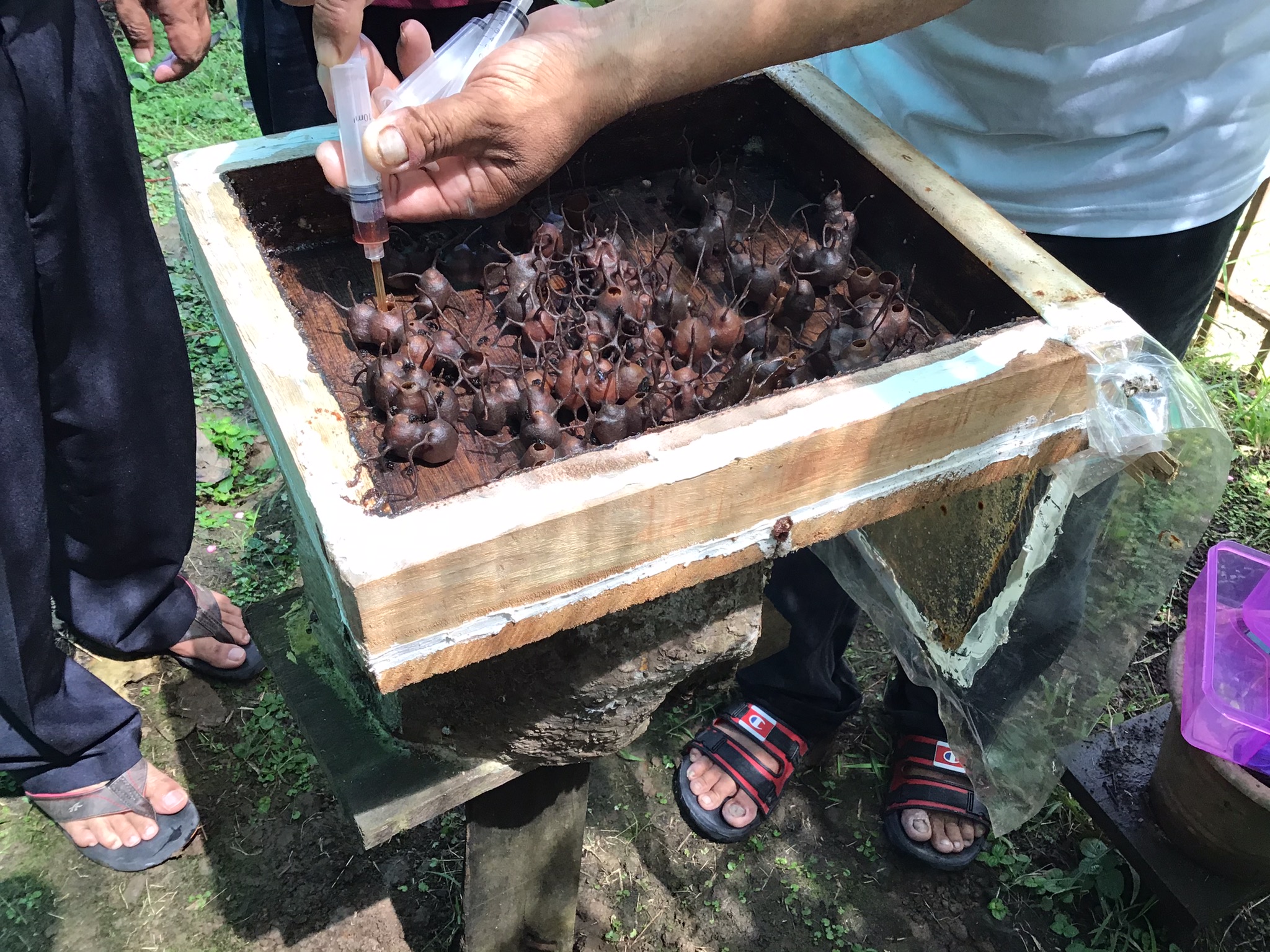
Meat honey represents one of nature’s most concentrated protein sources, containing all essential amino acids required for bee development and survival. Laboratory analysis reveals that this unique substance contains not only high levels of protein but also significant amounts of B vitamins, particularly B12, which is rarely found in plant-based foods. The fermentation process used by the bees also creates beneficial probiotics that support digestive health within the colony.
The nutritional density of meat honey allows vulture bee colonies to maintain smaller foraging forces compared to regular bees, as each unit of food provides substantially more energy and building materials. This efficiency proves particularly valuable during rainy seasons when traditional bees struggle to find sufficient nectar sources, giving vulture bees a competitive advantage in challenging environments.
Research has shown that larvae fed exclusively on meat honey develop faster and larger than those consuming traditional bee food, suggesting that this protein-rich diet provides superior nutrition for bee development. The enhanced nutrition also appears to boost the immune systems of colony members, making them more resistant to common bee diseases and parasites.
Ecological Role and Environmental Impact

Vulture bees play a crucial role in their ecosystem as nature’s cleanup crew, helping to prevent the spread of disease by rapidly processing animal carcasses. Their efficient removal of decomposing flesh reduces the time that harmful bacteria and parasites have to multiply and spread to other animals. This service proves particularly valuable in densely populated rainforest environments where the rapid decomposition of organic matter is essential for ecosystem health.
The bees’ scavenging activities also contribute to nutrient cycling within their ecosystems, breaking down complex animal proteins and redistributing them throughout the forest food web. When vulture bees die or produce waste, they deposit concentrated nutrients in locations far from the original carcass sites, helping to fertilize plant growth across wider areas.
Their presence serves as a natural biocontrol agent, competing with flies and other disease-carrying insects for access to carrion. By processing carcasses more efficiently than many other scavengers, vulture bees help reduce populations of pests that might otherwise spread pathogens to humans and livestock.
Geographic Distribution and Habitat Requirements

Vulture bees are primarily found in the tropical rainforests of Central and South America, with the highest concentrations occurring in Costa Rica, Panama, Brazil, and Colombia. These regions provide the ideal combination of high animal diversity, consistent carrion availability, and suitable nesting sites that support thriving vulture bee populations. The warm, humid climate also accelerates decomposition processes, ensuring a steady supply of their preferred food source.
The bees typically establish their colonies in hollow trees, abandoned termite mounds, or other protected cavities that provide security and climate control for their valuable meat honey stores. Unlike regular bees that often build hives in exposed locations, vulture bees prefer darker, more secluded nesting sites that better protect their protein-rich food supplies from competitors and environmental extremes.
Recent climate change and deforestation have begun to impact vulture bee populations, as habitat destruction reduces both nesting sites and the animal diversity that supports their food web. Conservation efforts are now focusing on protecting the old-growth forests that provide the complex ecosystem relationships these specialized bees require for survival.
Social Structure and Colony Organization
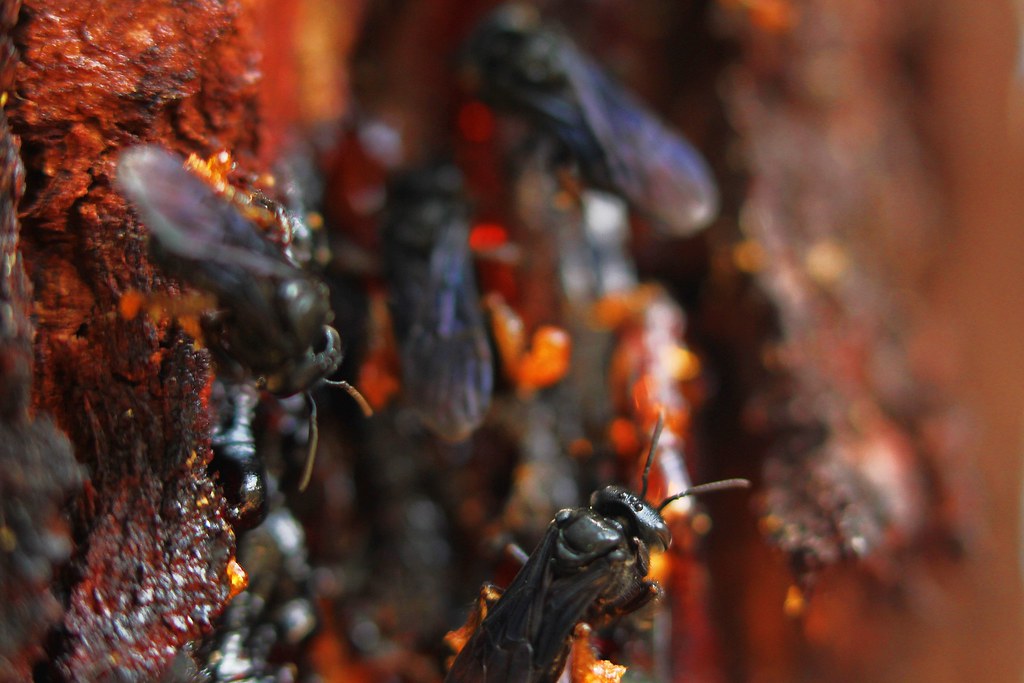
Vulture bee colonies operate under a sophisticated social structure that maximizes their meat-harvesting efficiency while maintaining colony security. Like other stingless bees, they live in eusocial communities with distinct castes including queens, workers, and males, but their roles have evolved to accommodate their unique carnivorous lifestyle. The worker caste includes specialized foragers trained specifically for carrion detection and collection, while others focus on meat honey processing and storage.
The colony maintains strict quality control over meat honey production, with certain workers tasked with testing and rejecting any protein sources that might be contaminated or too decomposed for safe consumption. This quality assurance system prevents the introduction of harmful pathogens that could devastate the entire colony. Communication within the colony relies heavily on chemical signals, with different pheromones indicating the quality, location, and urgency of various meat sources.
Queens of vulture bee colonies live significantly longer than their flower-feeding counterparts, possibly due to the superior nutrition provided by meat honey. This longevity allows for more stable colony development and the accumulation of larger protein stores that can sustain the colony through periods of carrion scarcity.
Defense Mechanisms and Survival Strategies
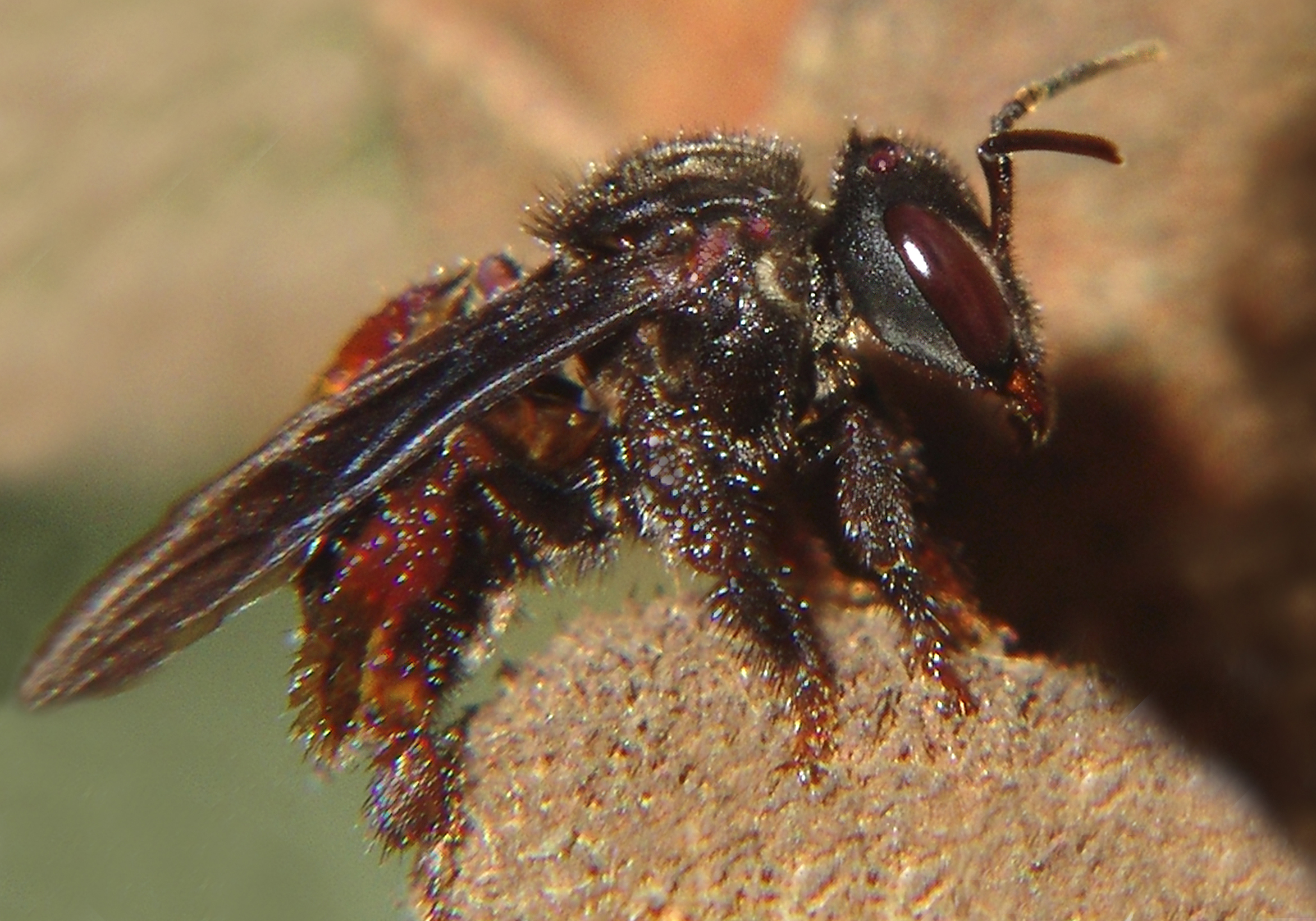
Despite being stingless, vulture bees have developed formidable defense mechanisms to protect their valuable meat honey stores from raiders and competitors. When threatened, they can release potent alarm pheromones that mobilize the entire colony for defense, creating overwhelming numbers that can deter even large predators. Their mandibles, strengthened through evolution for processing tough animal tissues, can deliver painful bites that discourage most attackers.
The bees have also evolved sophisticated camouflage techniques, with their dark coloration helping them blend seamlessly with decomposing flesh while foraging. This camouflage provides protection from predators and allows them to work undisturbed on carcasses that might attract dangerous scavengers. Some species can even mimic the appearance and behavior of flies or other carrion insects, further enhancing their survival while foraging.
Colony security includes the construction of complex nest entrances with multiple chambers and false passages that confuse potential invaders. These architectural features, combined with the bees’ aggressive defense behaviors, create fortress-like structures that effectively protect their precious meat honey reserves from theft by other animals.
Reproduction and Life Cycle Adaptations
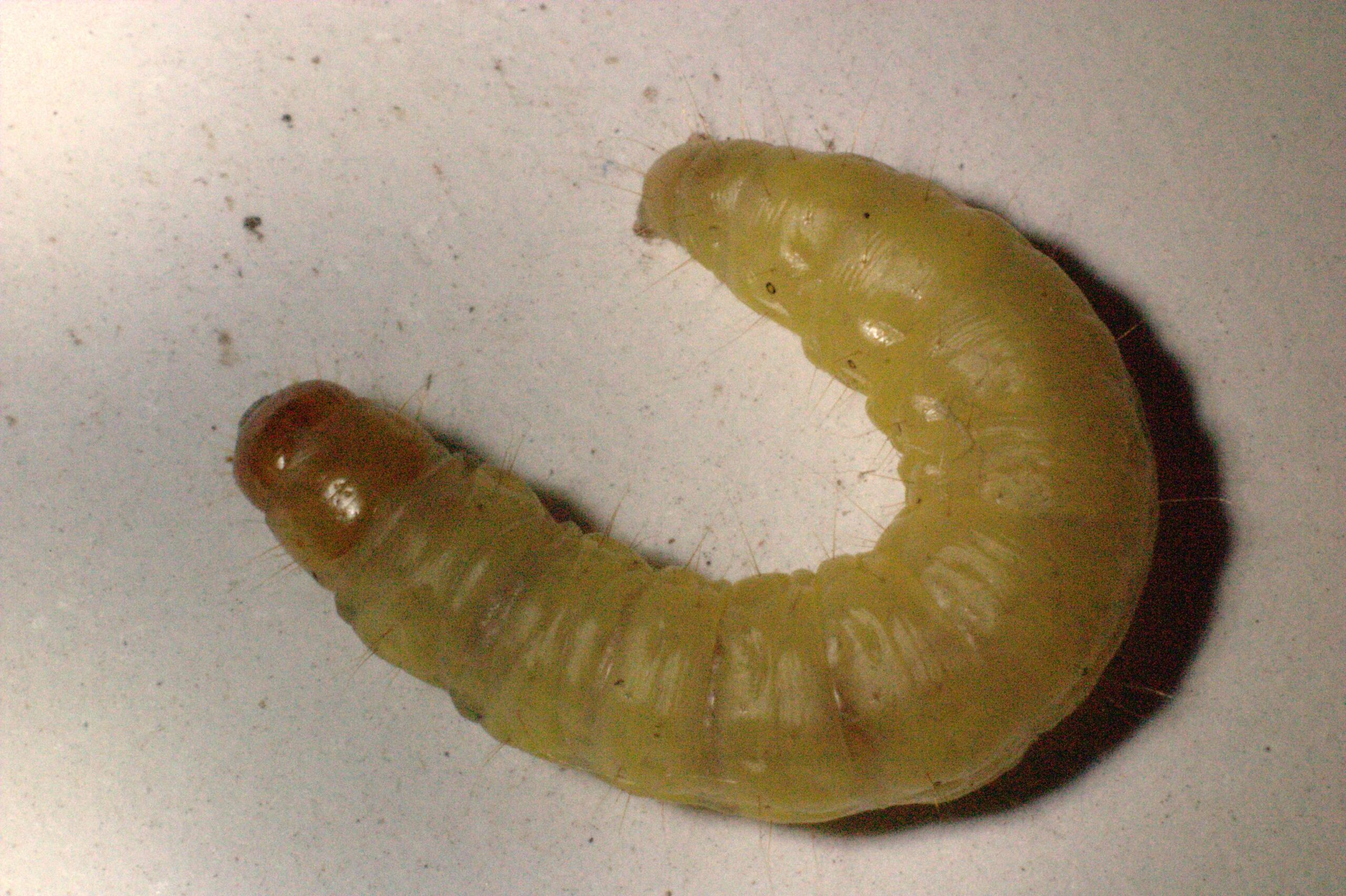
The reproductive cycle of vulture bees has adapted to accommodate their protein-rich diet and seasonal variations in carrion availability. Queens begin laying eggs in synchronization with periods of high animal mortality, such as during dry seasons when water sources become scarce and animal deaths increase. This timing ensures that developing larvae have access to abundant meat honey supplies during their critical growth phases.
Larvae fed on meat honey develop through their growth stages approximately 30% faster than regular bee larvae, reaching maturity in just 18-20 days compared to the 25-30 days required by nectar-feeding species. This accelerated development allows vulture bee colonies to expand rapidly when protein sources are abundant, maximizing their competitive advantage during favorable conditions.
The mating flights of vulture bees occur during periods of peak carrion availability, ensuring that new queens can establish colonies when food sources are most reliable. Young queens are provisioned with concentrated meat honey stores that provide them with the energy and nutrients needed to survive the vulnerable early stages of colony establishment.
Threats and Conservation Challenges
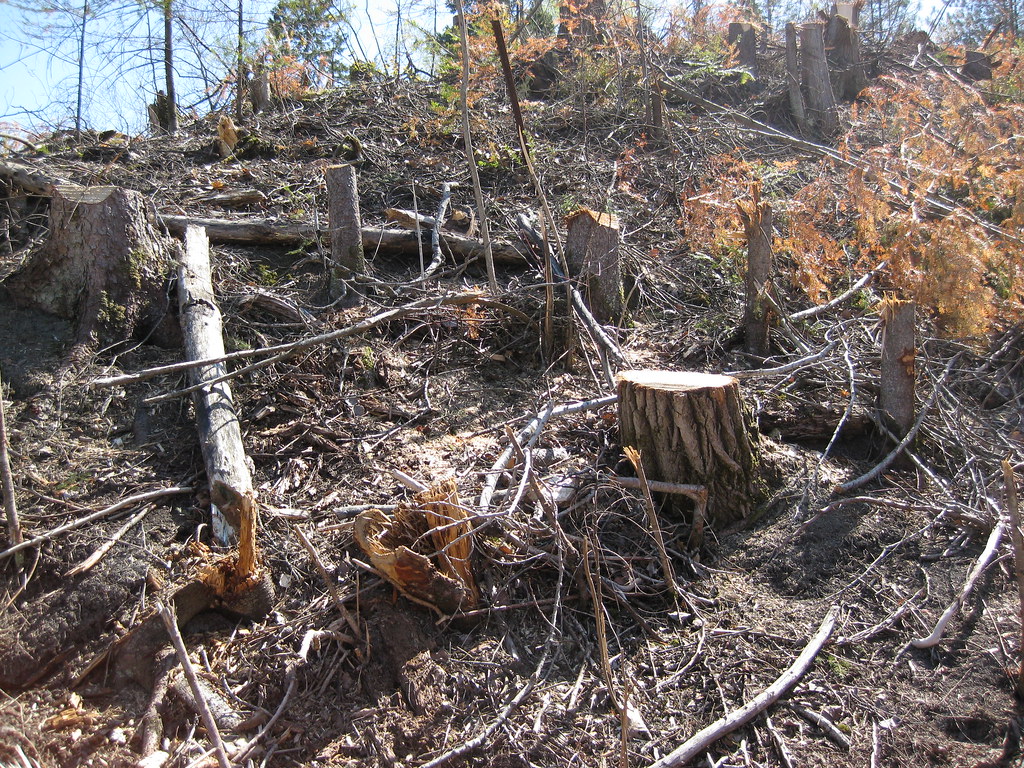
Vulture bees face unique conservation challenges that differ significantly from those affecting traditional bee species. Habitat destruction poses the primary threat, as deforestation eliminates both nesting sites and the diverse animal communities that provide their food source. The fragmentation of rainforest ecosystems disrupts the complex food webs that support carrion availability, forcing vulture bee colonies to travel greater distances to find adequate protein sources.
Climate change presents additional challenges as altered precipitation patterns and rising temperatures affect decomposition rates and animal mortality patterns. Extended dry seasons may create temporary abundance followed by periods of severe scarcity, testing the limits of even the most efficient meat honey storage systems. Conversely, increased rainfall can accelerate decomposition beyond the bees’ ability to process carcasses effectively.
Pesticide use in agricultural areas adjacent to rainforests poses another serious threat, as these chemicals can contaminate the carcasses that vulture bees depend upon. Unlike regular bees that can avoid contaminated flowers, vulture bees have limited alternatives when their protein sources become tainted with agricultural chemicals.
Research and Scientific Discoveries

Recent scientific research has revealed fascinating insights into the biochemistry and ecology of vulture bees, opening new avenues for understanding protein processing and preservation. Studies of their digestive enzymes have led to potential applications in food science and biotechnology, particularly in developing more efficient methods for protein extraction and preservation. The antimicrobial compounds found in meat honey have shown promise for medical applications, potentially leading to new treatments for bacterial infections.
Genetic research has identified the specific mutations that allowed vulture bees to evolve their carnivorous lifestyle, providing insights into evolutionary adaptation and speciation. These discoveries have implications for understanding how other species might adapt to changing environmental conditions, particularly as climate change forces many animals to explore new food sources and ecological niches.
Long-term behavioral studies have revealed the sophisticated social intelligence of vulture bee colonies, with researchers documenting complex problem-solving abilities and cultural transmission of foraging techniques between generations. These findings challenge traditional assumptions about insect intelligence and suggest that social learning plays a crucial role in the success of carnivorous bee populations.
Future Implications and Potential Applications
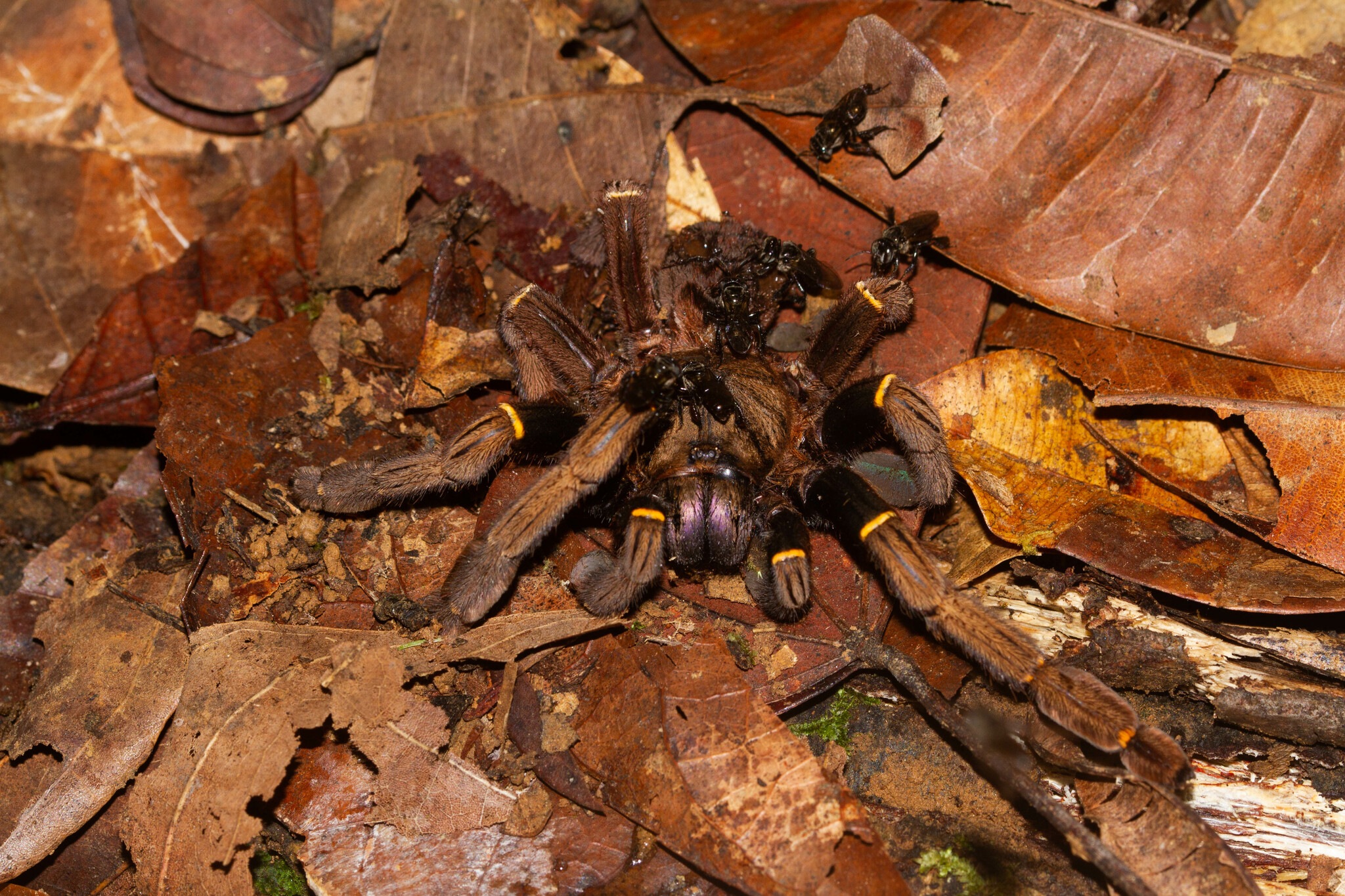
The study of vulture bees offers valuable insights for addressing global food security challenges, particularly in developing sustainable protein sources for human consumption. Their efficient protein processing techniques could inspire new methods for converting organic waste into valuable food products, potentially reducing environmental impact while addressing nutritional needs. The preservation methods used in meat honey production might also inform food storage technologies in regions where refrigeration is limited.
Understanding the antimicrobial properties of meat honey could lead to breakthroughs in natural preservation methods and medical treatments. The unique combination of enzymes and compounds that prevent spoilage in meat honey might be synthesized for use in food processing or pharmaceutical applications. This research could prove particularly valuable in developing countries where food spoilage represents a significant economic and nutritional challenge.
The ecological services provided by vulture bees highlight the importance of maintaining biodiversity in ecosystems management strategies. Their role in disease prevention and nutrient cycling demonstrates how specialized species contribute to ecosystem stability in ways that aren’t immediately apparent but prove crucial for environmental health.
Conclusion
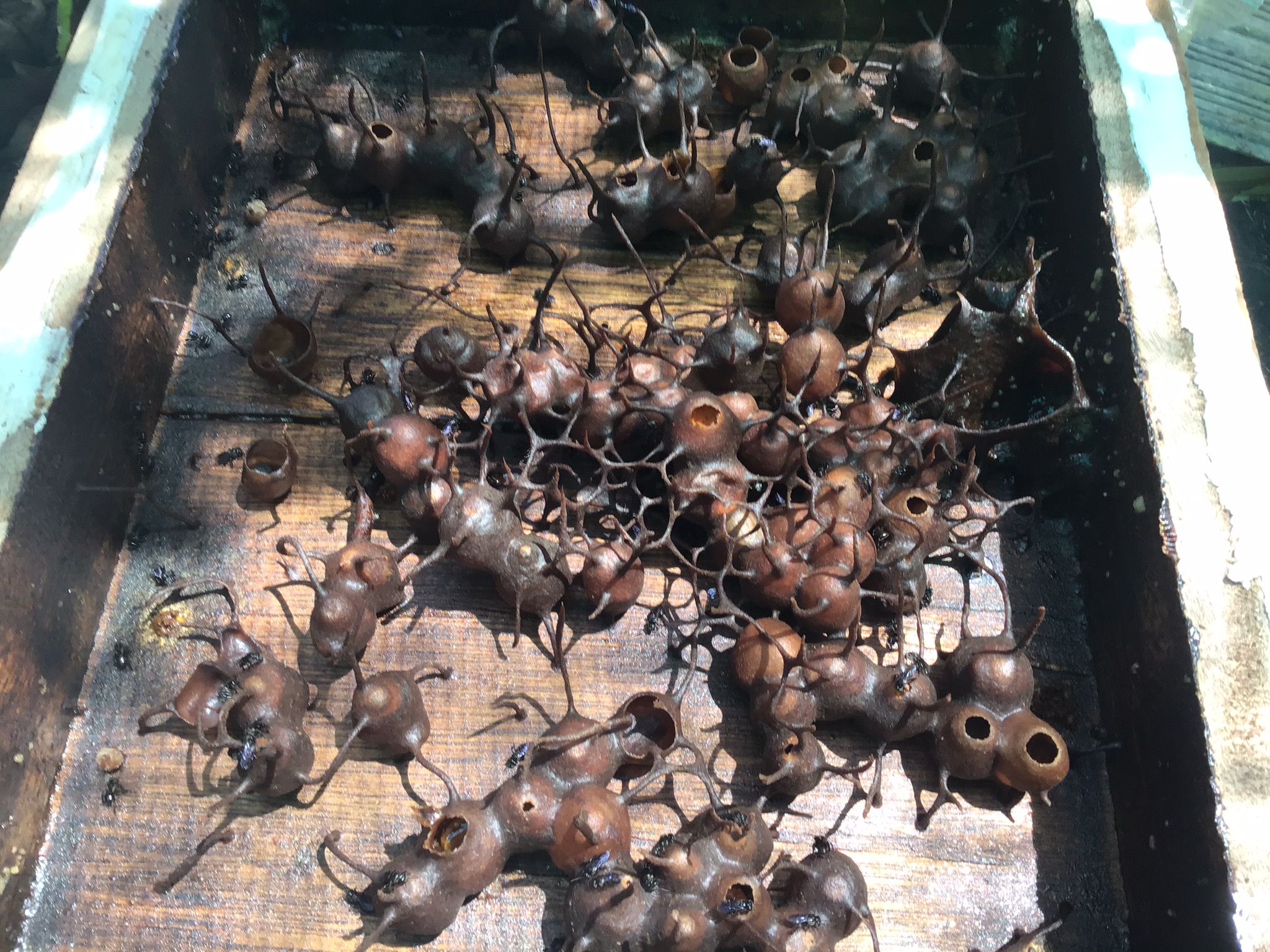
The extraordinary world of vulture bees challenges our fundamental assumptions about these familiar insects while revealing the remarkable adaptability of life on Earth. These flesh-eating bees have successfully carved out a unique ecological niche through millions of years of evolution, developing sophisticated methods for processing animal protein into a concentrated food source that rivals any human-engineered nutrition product. Their story demonstrates that nature’s innovations often surpass our wildest imagination, creating solutions to survival challenges that we’re only beginning to understand.
The meat honey produced by these remarkable insects represents more than just an unusual food source – it embodies the incredible potential for biological adaptation and the intricate relationships that sustain ecosystem balance. As we face global challenges related to food security, sustainable agriculture, and environmental conservation, the humble vulture bee offers valuable lessons about efficiency, adaptation, and the importance of protecting biodiversity.
Perhaps most importantly, vulture bees remind us that the natural world still holds countless secrets waiting to be discovered, each potentially offering insights that could benefit human society and environmental health. What other remarkable adaptations might be hidden in the world’s remaining wild spaces, waiting for scientists to uncover their secrets?

